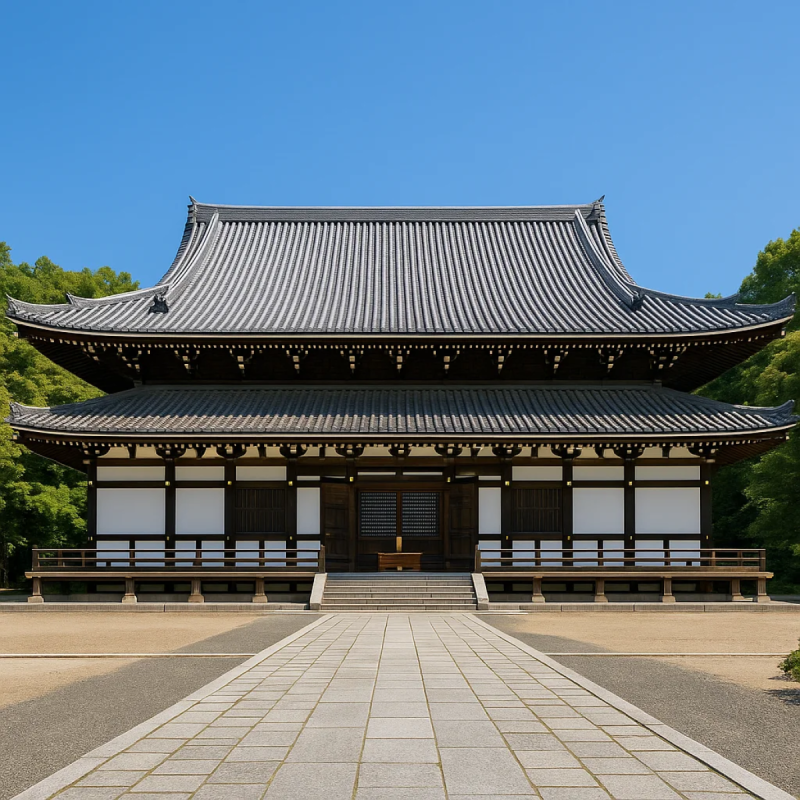Ninnaji is a 10-minute walk west of Ryoanji Temple and just a short walk from Omuro Ninnaji Station on the Keifuku Kitano Line, which connects the Arashiyama area to the Kitano district.

Ninnaji Temple
Ninnaji (仁和寺), one of Kyoto's most revered temples and a UNESCO World Heritage Site, was founded in 888 by Emperor Uda. Originally known as the Omuro Imperial Palace, it became the head temple of the Omuro School of Shingon Buddhism and maintained strong ties to the imperial family, with several emperors and members of the imperial family serving as head priests. Although much of the original temple complex was destroyed by wars and fires throughout the centuries, many impressive structures from the early Edo Period still stand, including the Kondo (main hall), Kannon Hall, Niomon gate, and the iconic five-story pagoda, all showcasing classical Japanese temple architecture.
A highlight of Ninnaji is the Goten, the former residence of the head priest, designed in the style of an imperial palace. Visitors can stroll through its elegant gardens, admire beautifully decorated fusuma sliding doors, and experience the refined atmosphere of courtly life. Ninnaji is also renowned for its Omuro cherry trees, which bloom later than most in Kyoto, offering a stunning display of blossoms around mid-April, well after the peak elsewhere in the city. This makes it one of Kyoto's best-kept secrets for late-season hanami.
Hours and Fees
- Opening hours
-
9:00 AM to 5:00 PM (until 4:30 PM from December to February)
- Closed
-
No closing days
- Entrance fee
-
800 yen
Getting there
Google MapsResources
Nearby
-
 TempleRyoanji Temple — 15-minute walk
TempleRyoanji Temple — 15-minute walkHome to Japan’s famous rock garden
5.0 ★ ★ ★ ★ ★Reviews
There are no reviews
Write a review